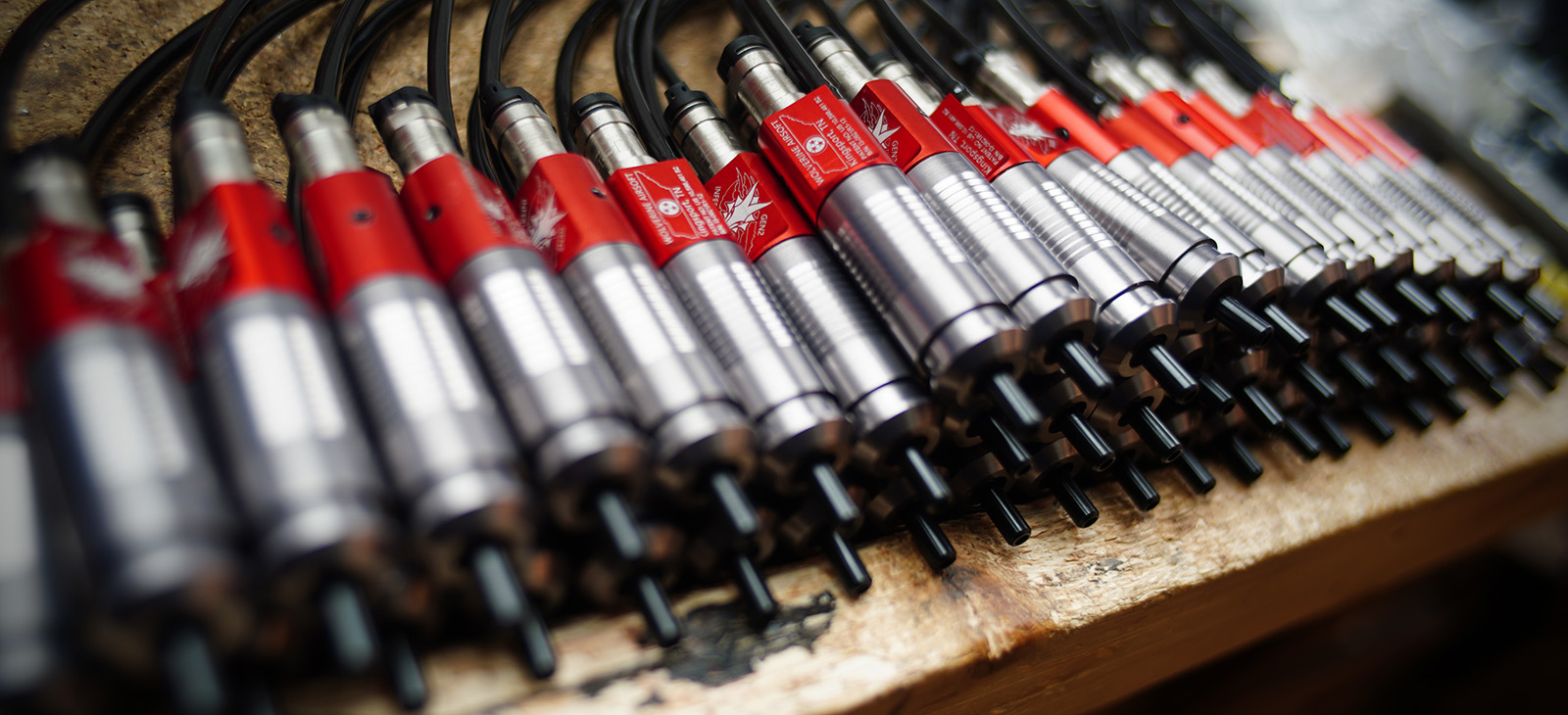
We strive to publish useful performance and efficiency information for our products that provide reasonable expectations for our customers. Please take a moment to learn more about our new efficiency and performance testing process.
Factors that affect air efficiency ratings
Air efficiency in HPA influenced by both internal and external factors that determine how effectively compressed air is used per shot.
- Dwell Tuning
- Barrel length
- Rate of Fire
- Tank Charge
- Moisture or air contaminants
- Temperature conditions
How we test our products
We perform our testing in a controlled environment, eliminating as many external factors as possible. Our standard testing procedure assumes the following:
- 100% filled 13cu HPA Tank to 3,000 PSI, allowed to cool to ambient temperature after filling
- Set to test pressure on a calibrated gauge
- Precisely tuned dwell
- 285mm inner barrel (10″) unless specified differently
- Shots fired to reduce pressure to 2,500 PSI
- Rate of Fire: 1 shot per second until tank reduced to 1,000 PSI
How we determine our final specs
Once our testing is completed, we calculate the estimated cycles:

From there, we develop a final published product spec range based on our test data in the following format:
- Approx (75% — 100% of Test Data) shots @ (PSI or energy) per (Size) HPA Tank
This range will not cover 100% of cases but is intended to represent where the majority of systems will perform when set up properly.
Final considerations
If your product is performing substantially below our published range, consider the following:
- Ensure your dwell is tuned properly so that air is not wasted out the barrel with each shot (Most common cause)
- Ensure your HPA tank is properly filled with dry, uncontaminated air
- Ensure your hop is properly sealed
- Service your products including lubricating or replacing your O-rings
- Expect lower performance when using a longer barrel, firing a higher ROF, or in cold conditions
